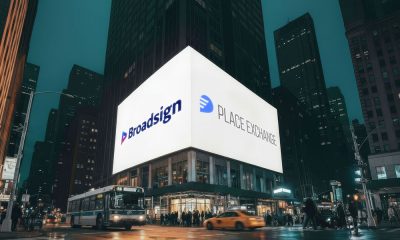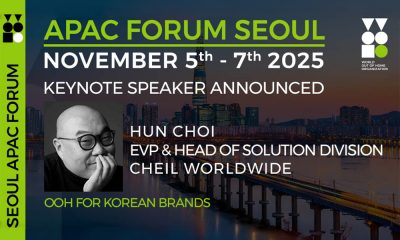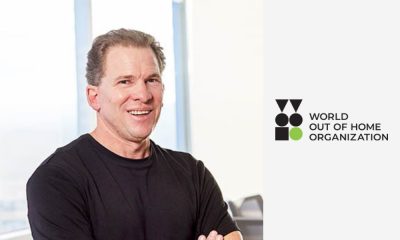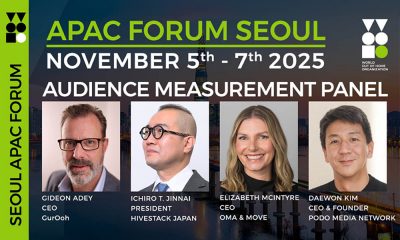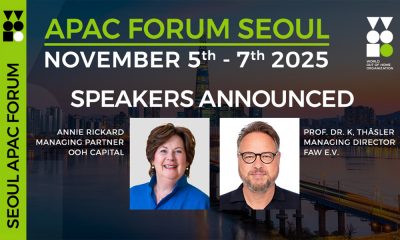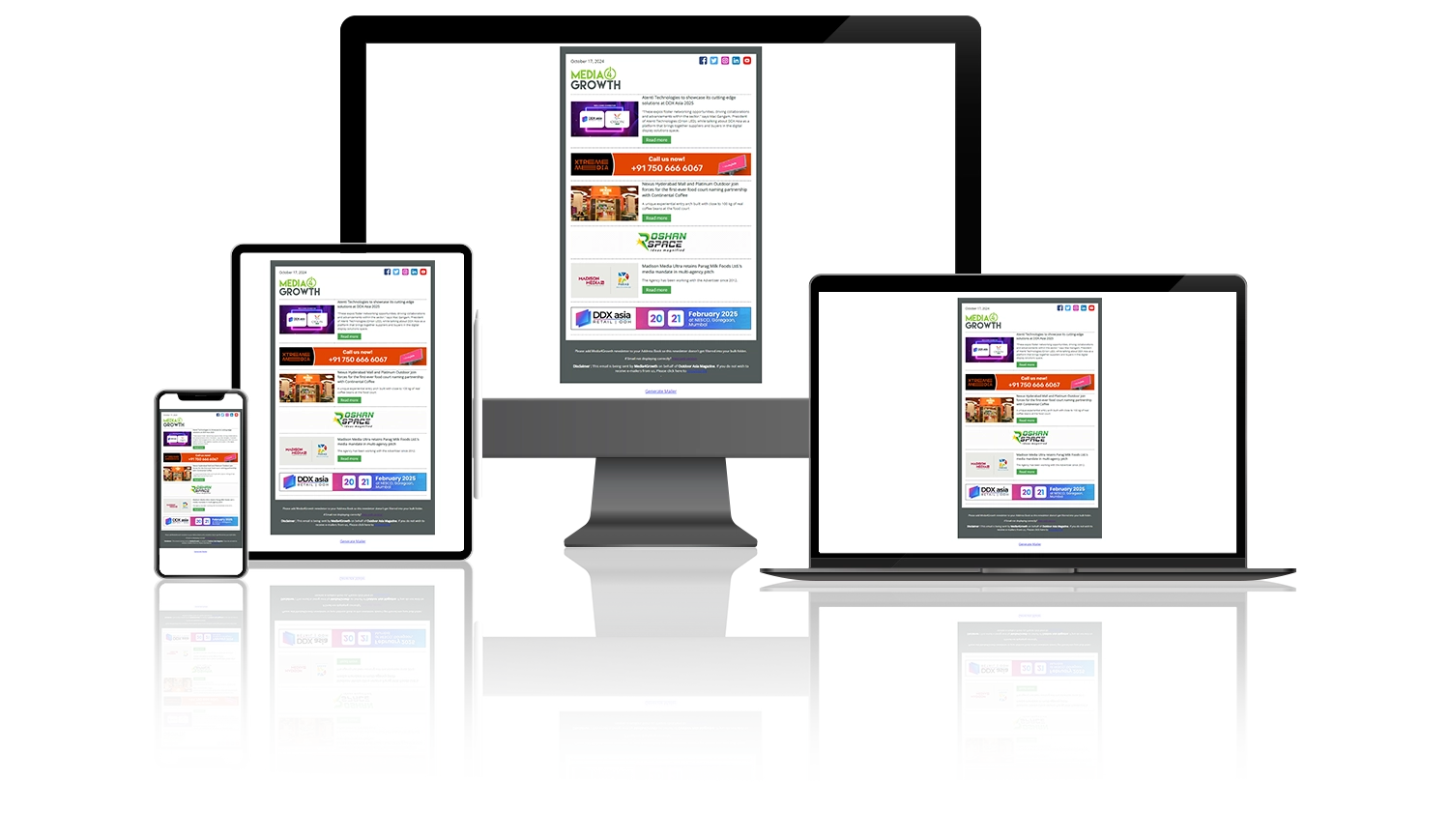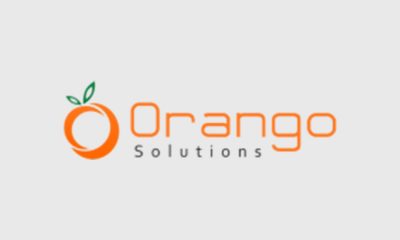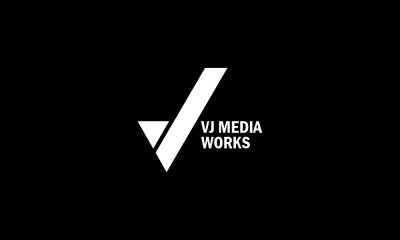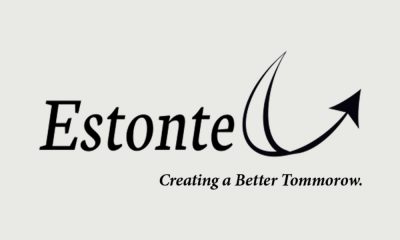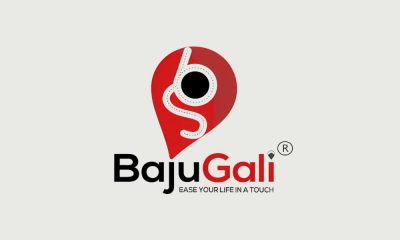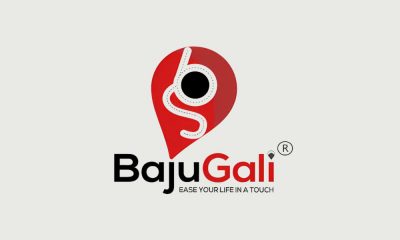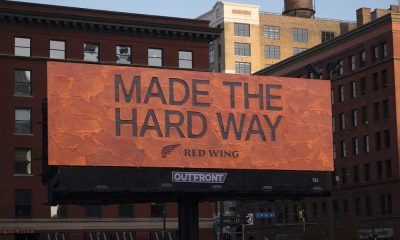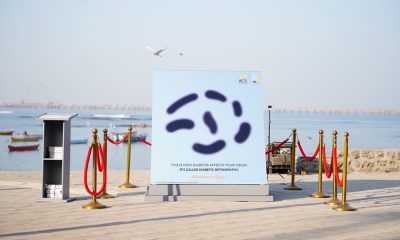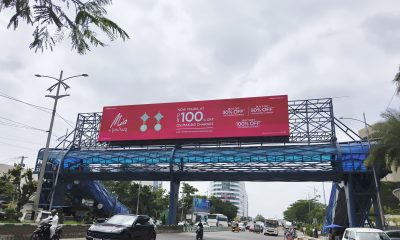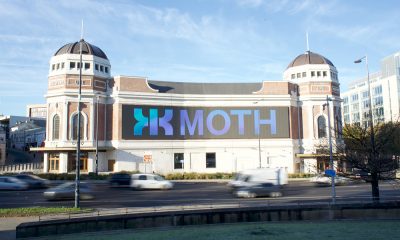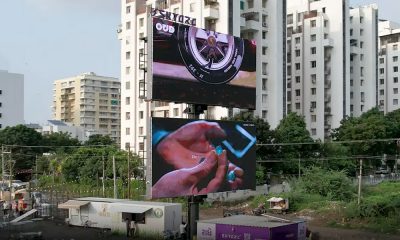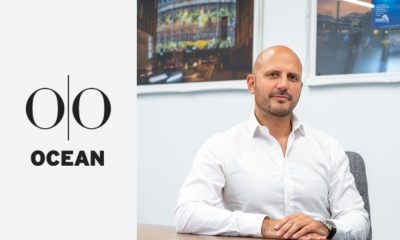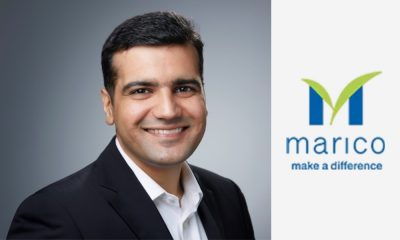Audience Data & Measurement
‘Automate to enhance OOH measurability, accessibility’
Annie Rickard, Manging Partner of OOH Capital, steers a panel discussion on “Why Automate and Why Now?”, with Ben Milne, Global Head of OOH Business, dentsu, Emma Hegg, Group Director – Platform Strategy, oOh! and Gavin Lee, Sr Director – Product, Broadsign
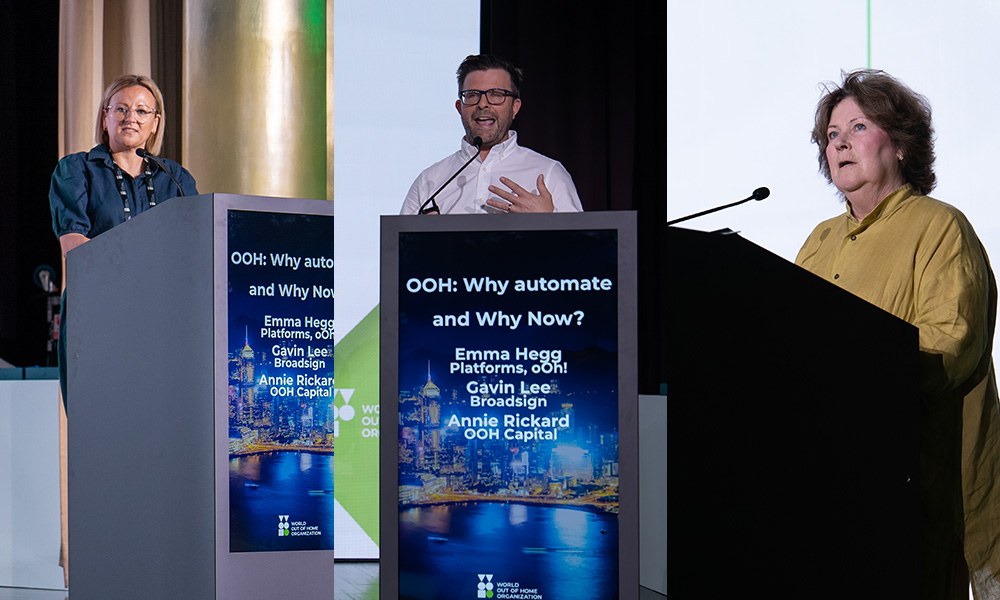
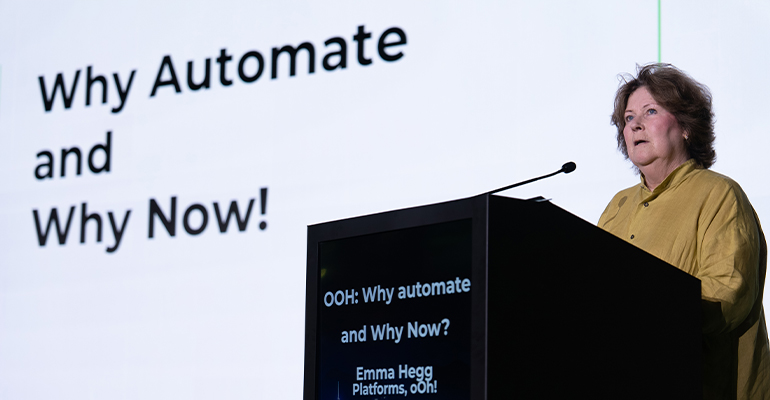
Annie Rickard, Manging Partner of OOH Capital, steered a lively discussion with industry luminaries who shared their thoughts on why it’s time to automate OOH advertising transactions. The Hong Kong WOO Global Congress session on “Why Automate and Why Now?”, moderated by Annie Rickard, featured industry experts Ben Milne, Global Head of OOH Business, dentsu, Emma Hegg, Group Director – Platform Strategy, oOh! and Gavin Lee, Sr Director – Product, Broadsign. Their contributions shed light on the critical importance of automating OOH advertising transactions.
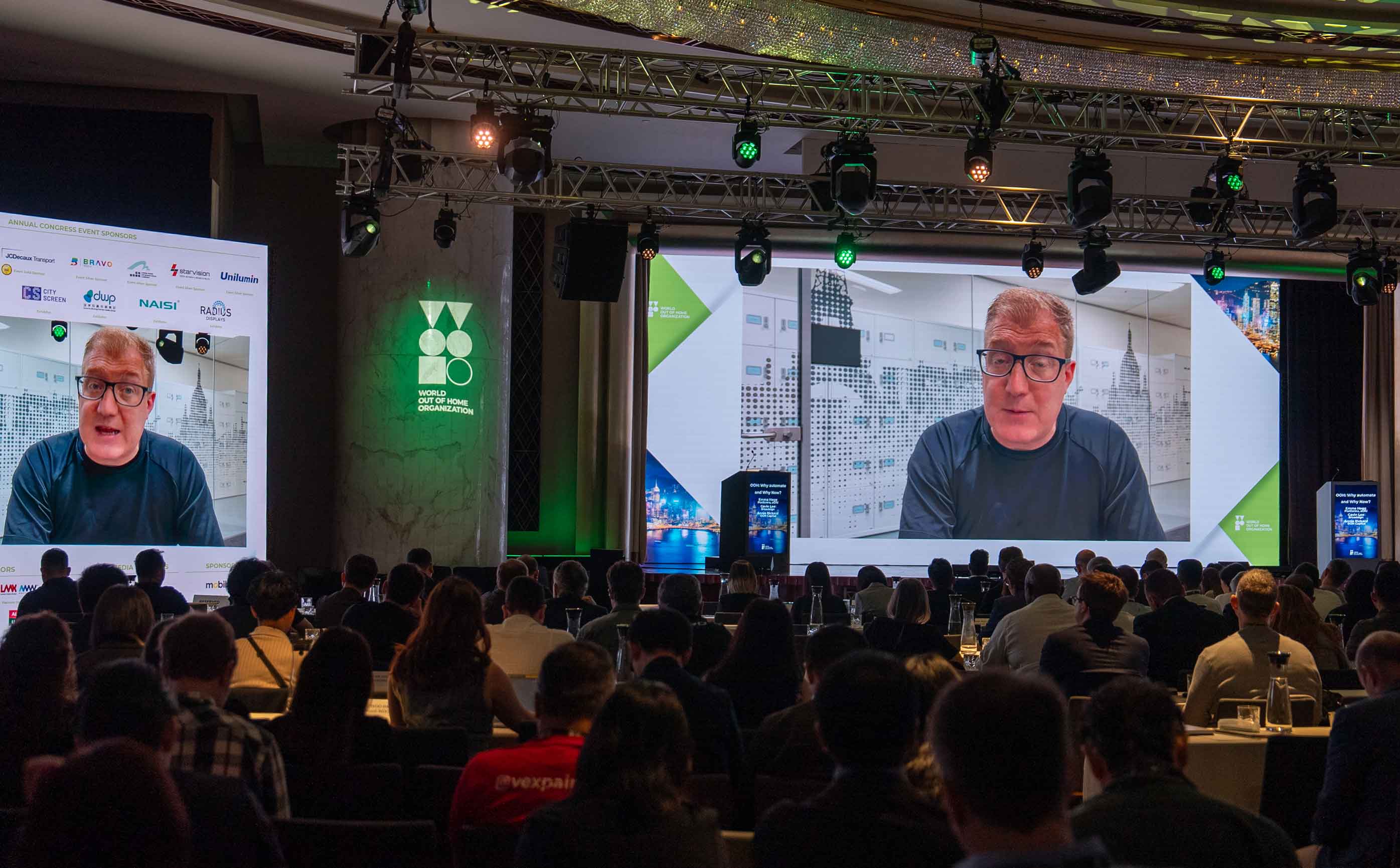
Ben Milne expressed concerns over the prevailing perception of OOH advertising. Despite his efforts to optimise client investments in OOH, he noted a growing pressure on marketing budgets, compelling advertisers to seek more measurable investments. Ben highlighted the disparity between programmatic digital OOH and traditional methods, emphasising the urgent need to remove barriers and simplify access to OOH. He advocated for automation to enhance measurability and accessibility, thereby allowing advertisers to focus on advocating for OOH inclusion in media plans.
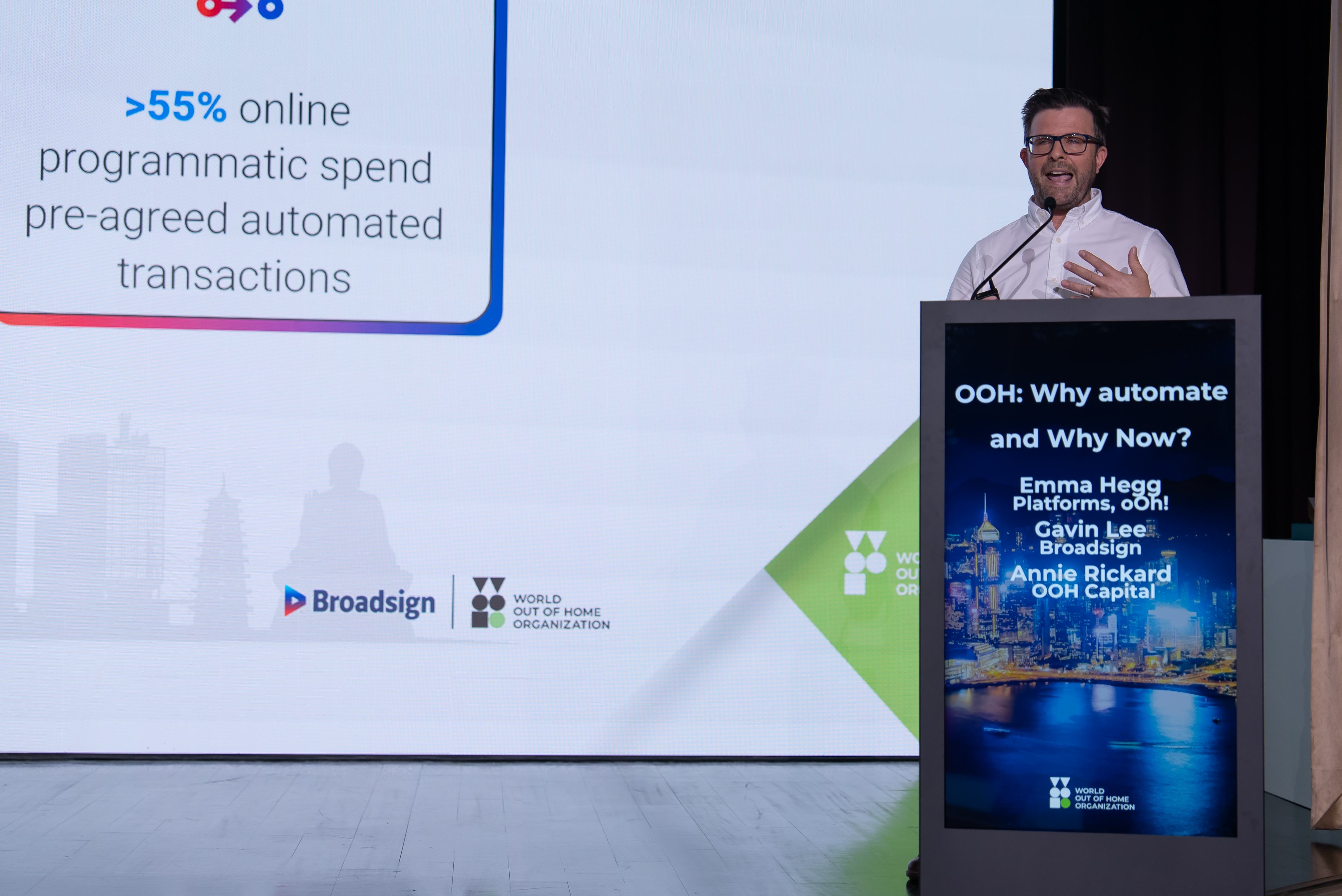
Gavin Lee echoed Milne’s sentiments regarding the necessity of removing barriers hindering OOH advertising. He stressed upon the importance of collaboration in automating all OOH processes to simplify access and improve measurability. Gavin argued that by ensuring the benefits of OOH are easily measurable and accountable, the industry can bridge the growing divide between digital and non-digital OOH, capturing a larger share of the expanding advertising market.
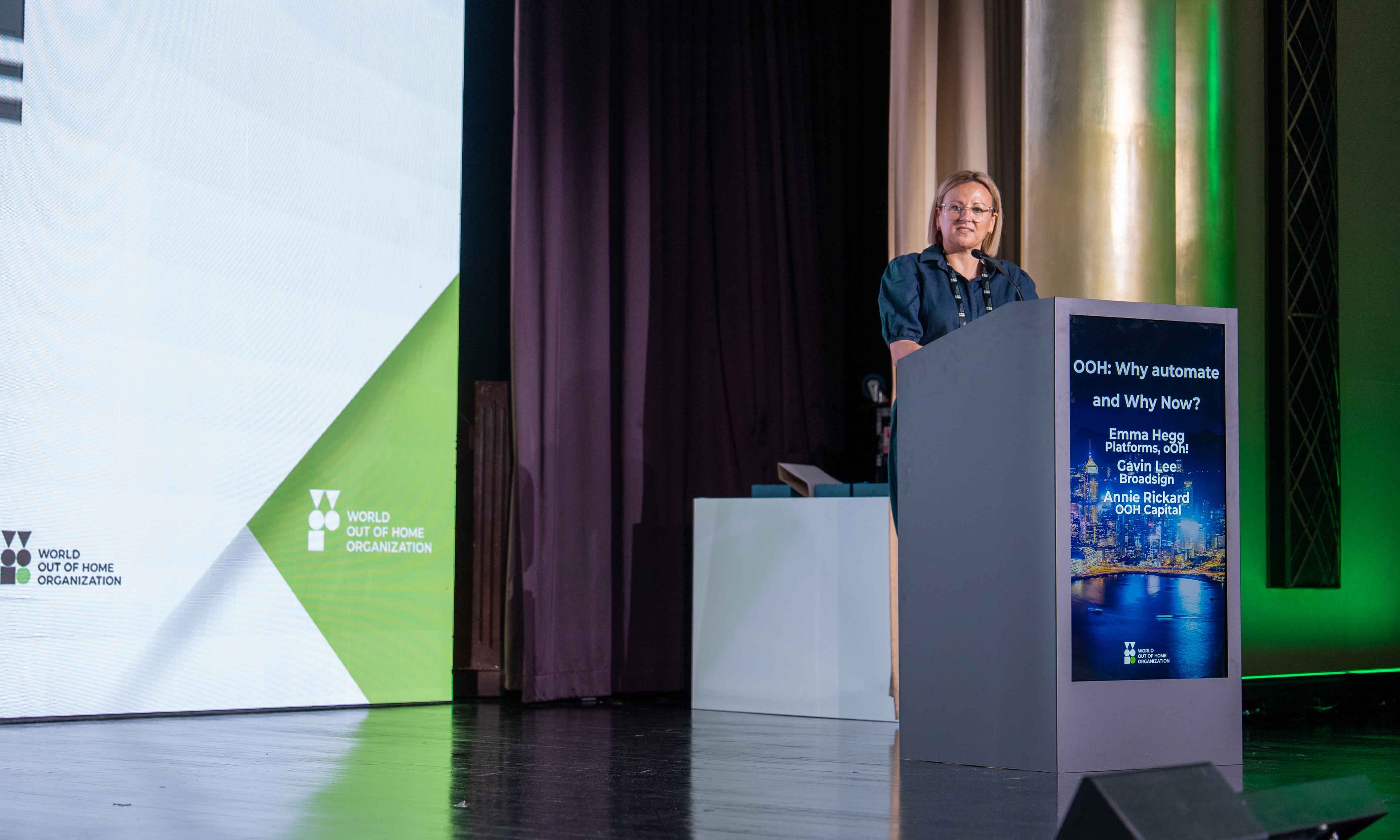
Highlighting the significant growth of Australia’s OOH advertising sector, Emma Hegg revealed that OOH is currently constituting nearly 15% of the overall media spend according to the 2024 SMR figures. She emphasised the sustained growth of programmatic advertising since 2022, which now accounts for 11% of OOH media spend. However, Emma cautioned that not all programmatic growth is incremental, with some budgets shrinking. She stressed the need for industry-wide efforts to simplify and automate processes, reducing friction and cost.
Urging the importance of collaboration between media vendors, technology partners, and agencies, Emma said that stakeholders need to come together to address the unique challenges faced by OOH vendors. She underscored the lack of global standards and fragmented approaches to audience measurement as obstacles to automation. To realise the full potential of OOH advertising, she called for unified industry standards, collaboration with technology partners, and the development of platforms that add value across the value chain.
Reiterating the imperative for OOH advertising growth, Gavin stressed the need to attract more advertisers and boost their spending. He spotlighted the inefficiencies in managing numerous small campaigns compared to larger ones and pushed for a reassessment of minimum booking thresholds. Gavin also underscored the significance of industry collaboration, standardisation, and leveraging existing infrastructure to streamline processes and optimise OOH’s role in omnichannel solutions.
Pushing for a re-evaluation of booking thresholds and emphasis on industry collaboration, Gavin highlight the need to adjust to shifting market dynamics. Rickard’s closing remarks serve as a rallying cry for the industry to embrace automation and foster a collaborative culture to propel OOH advertising forward.
Also Ben’s concerns regarding the perception of OOH advertising resonated with advertisers under mounting pressure to justify marketing expenditures. The industry’s pivot towards programmatic digital OOH accentuated the necessity to adapt and modernise traditional practices. However, challenges persist, as underscored by Emma, particularly concerning standardisation and audience measurement. Collaboration emerges as a central theme, urging stakeholders to collaborate to drive innovation and overcome hurdles.

Annie wrapped up the session by underlining the critical role of collaboration and automation in the OOH advertising realm. She recognised the advanced tools and data in use but pointed out the lack of platform connectivity and continued dependence on manual labour. She emphasised the widening gap between digital and non-digital OOH, emphasising the urgency to unify and leverage technology for cost reduction and efficiency enhancement.
